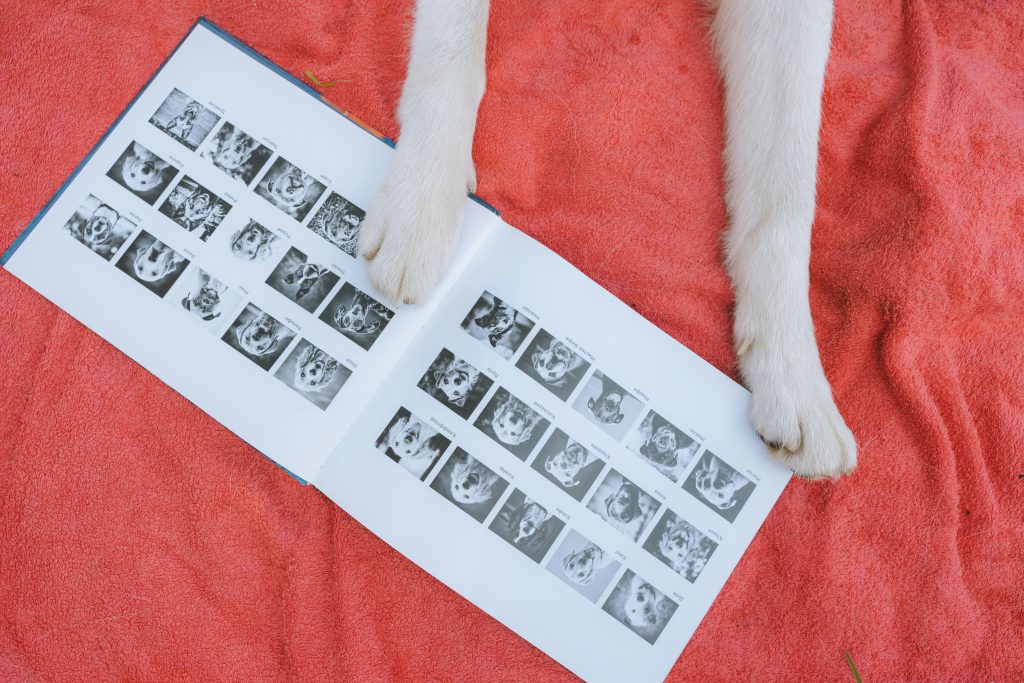We all know that some clients can be difficult—it happens in every business, and photography is no exception. In fact, it’s probably one of the fields where mismatched expectations show up the most.
Why? Because clients often have their own vision of how things should look, feel, or unfold—and sometimes, it’s simply impossible to deliver exactly what’s in their head.
That’s why setting clear expectations from the very beginning is one of the most powerful tools you have. It’s much easier to prevent problems than to fix them once they’ve gone off the rails. And it creates a better experience for both you and your client.
1. Communicate Clearly from the Start
Be specific in your proposals, emails, and conversations. Make sure clients know:
- What’s included in their package.
- How many edited photos they will receive.
- When they can expect delivery.
Avoid vague promises like “as many photos as you want” or “as soon as possible” or even “whenever you need”, these open the door to misunderstandings and disappointment.
2. Use Contracts (Even for Small Jobs)
A written agreement protects both you and your client.
It should cover:
- Dates and times.
- Deliverables (how many photos, what format).
- Payment terms and schedule.
- Cancellation and refund policies.
Even a simple contract can prevent major headaches down the road. It gives both you and your client something clear to refer back to if memories (or expectations) start to drift later on.
3. Set Boundaries Around Your Time
Let clients know your working hours and how they can reach you.
For example:
- “I respond to emails within 24 hours Monday–Friday.”
- “I’m happy to answer questions before 6 p.m., but I unplug in the evenings to edit and prepare for shoots.”
Boundaries help you stay focused, protect your time, and teach clients to respect your process.
4. Manage Expectations During the Shoot
Explain your style and workflow before and during the session.
For example:
- Do you direct poses or shoot candid moments?
- Will you show previews on the day of the shoot or only after editing?
- How long will the session last?
The more clients know what to expect, the less likely they are to get anxious or disappointed.
5. Keep Clients in the Loop Afterward
Don’t go silent once the shoot is over.
Send updates on editing progress and delivery timelines. If something delays the process—like illness, travel, or technical hiccups—let them know. Most clients are understanding, but they appreciate being informed.
6. Learn to Say No (Kindly)
If a client requests something outside your agreement, don’t panic. Politely explain what’s included and offer alternatives or upgrades.
For example:
- “The package includes 30 edited images, but I’m happy to add extra edits for a small fee.”
- “I’m fully booked this weekend, but I can offer an extra weekday slot.”
Kind but firm boundaries protect your business and keep the relationship professional.
Smart Expectations, Happy Clients
Clear expectations don’t just help you avoid conflict—they build trust, reduce stress, and create a great experience for both you and your client. When clients know what to expect, they’re more likely to walk away happy, and more likely to recommend you to others.
Want to learn how to build a thriving freelance photography business? Check out Make Money From Photography, our complete guide to launching, pricing, and growing your career.




